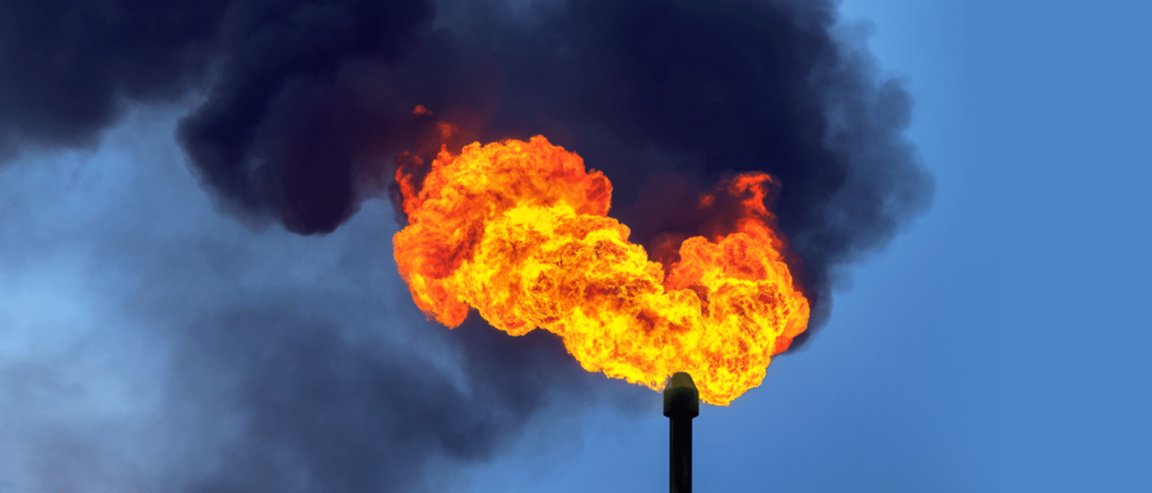
Methane Surge
Of all the greenhouse gases, carbon dioxide has attracted the most attention in recent decades. In recent years, however, observations have urged experts to take heed of methane levels as well.
While methane is 84 times more potent at trapping heat than carbon dioxide, its atmospheric concentrations throughout the years have been relatively stable. However, in 2014 and 2015, methane emissions spiked from the annual average increase of 0.5 parts per billion (ppb) since the early 2000’s to 10 or more parts per billion. This is the highest increase we have seen in the past two decades.
In the journal Environmental Research Letters, scientists published a call to discuss and investigate the methane concentration surge, which they say started in 2007 but only became alarmingly conspicuous in 2014 and 2015.
According to the Scottish Environment Protection Agency (SEPA), methane comes from the natural decomposition of plant and animal matter. In the UK, the biggest man-made contributor to methane levels is the rotting material in landfills. Although methane at normal concentrations in the open atmosphere does not have any impacts on human health (but can cause asphyxiation in confined spaces), it becomes explosive at concentrations of five to 15 percent, and would be a cause for evacuation especially in areas over old landfills or mines. The main concern over methane concentrations, however, is in its overall impact on climate.
Early Mitigation
Methane degrades in around 12 years through natural processes in soil and chemical reactions in the atmosphere. And despite the fact that carbon dioxide is currently the leading greenhouse gas, methane is far more lethal at higher concentrations, and this finding is an opportunity for early mitigation.
While there are several known contributors to atmospheric methane concentrations, pinpointing the main cause of the sudden surge may be tricky. This is because methane is released in small amounts, and from many different sources.

“When it comes to methane, there has been a lot of focus on the fossil fuel industry, but we need to look just as hard if not harder at agriculture,” says co-author Robert Jackson. “The situation certainly isn’t hopeless. It’s a real opportunity.”
Some also point to “poor capture practices (venting, flaring, and preventable leaks)” as a source of emissions (and lost revenue).
Scientists will be discussing the issue at the fall meeting of the American Geophysical Union (AGU) in San Francisco tomorrow, December 13.